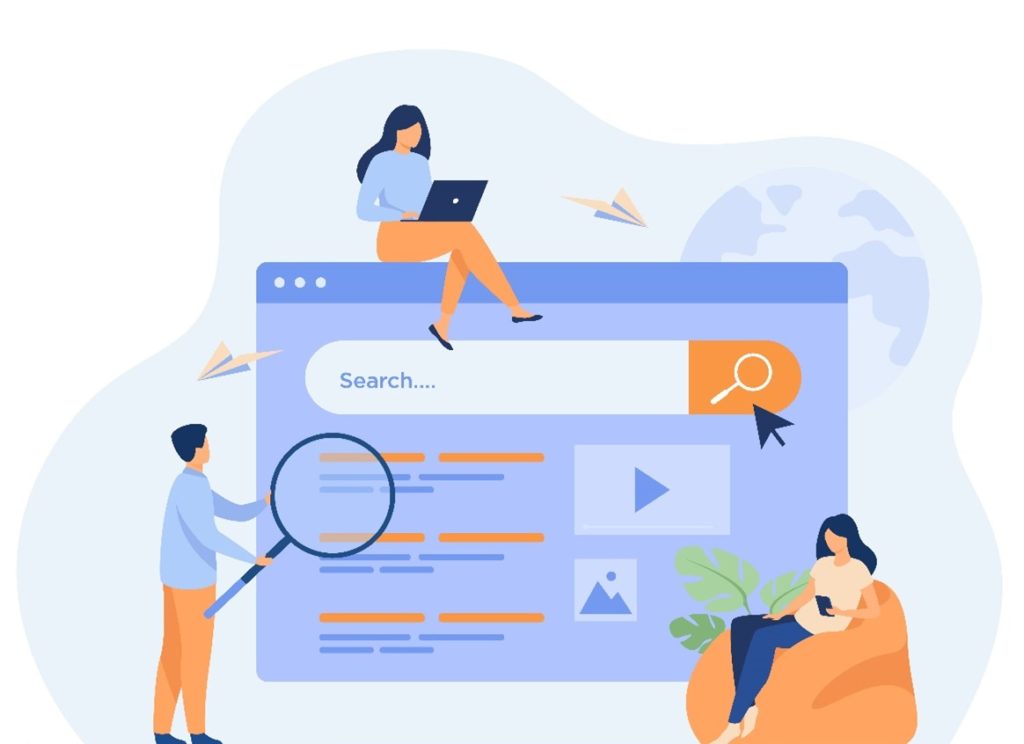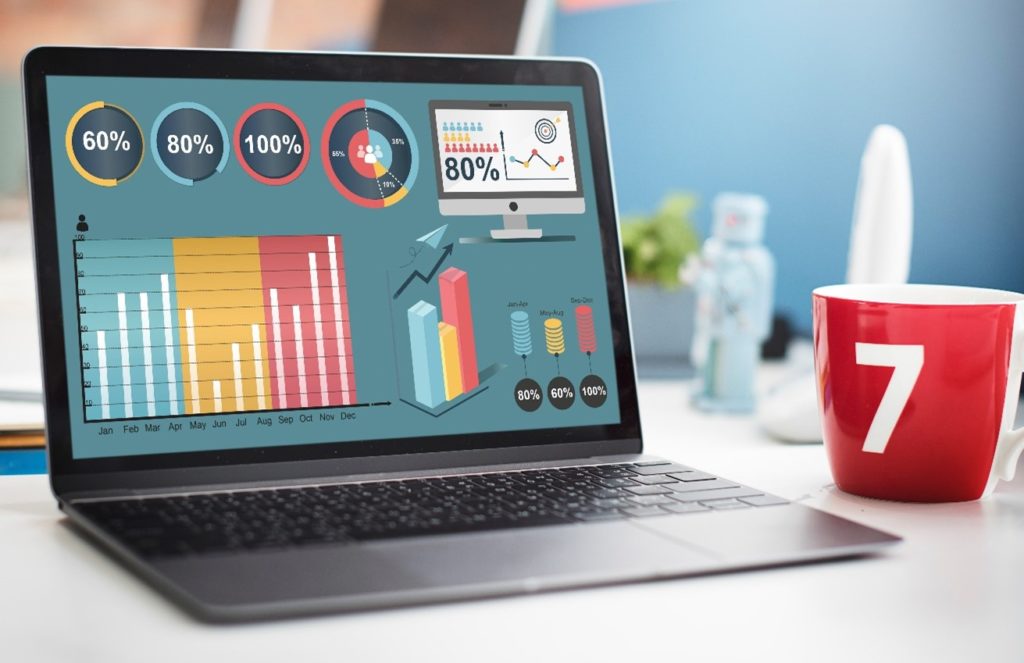
Using links is essential in improving your SEO score, enhancing user experience, and drawing web traffic. Links can be categorised as inbound, outbound, and internal links and you will need plenty of each to improve your website.
But what exactly are inbound, outbound, and internal links? And how can you use them to improve your website?
This blog will look at the different types of links and give 8 reasons why you need to use them.
Introduction
Links, also referred to as hyperlinks, are a reference to data on a webpage that leads from one page to another. They can appear as text, images, or buttons.
Links on a website can be classified into three separate types: Inbound, Outbound, and Internal links. Each type of link can be effectively used to boost your SEO rank, improve the user experience, and drive web traffic.
Outbound Links
Outbound links are links on your website which lead to another website on a different domain. They are a type of external link which direct visitors from your website to other websites and effectively using them can help improve your search engine score.
1) Topic Signals
Adding links out to relevant and related content can help improve the topic ranking signals of your web pages, this helps add context for Google to understand and rank your site better.

2) Create Value
Outbound links are a crucial part of creating great content, providing an experience as well as adding value. By using links where necessary and when it makes sense to do so, you can improve your content and add depth
3) Build Trust
Whenever writing a blog or information, you should look to back up your facts and claims with reliable and trustworthy sources. The best way to do so is to directly link where your information is coming from so that visitors can verify the information easily.
Inbound Links
Inbound links, also known as backlinks, are external links coming from a website on a different domain directing to your website. These are some of the many indicators used by Google to rank your website. Since Google was launched over 20 years ago, they have valued the web pages not only for the quality of their content but also for the number of inbound links they received.

4) Link Building
Google highly values the links back to your website from other websites, especially in your niche. This suggests the more inbound links you can get; the more Google and other search engines recognise your website as reliable and trustworthy, improving your rank for relevant keyword searches.
5) Referral Traffic
Inbound links can help increase referral traffic. If a website adds an inbound link on their website or blog, people who see that link might click on it, and your website will benefit from that referral traffic. The amount of traffic you get from referral traffic depends on how popular that website is in the first place.
If you have an inbound link from a popular website, you will likely attract lots of web traffic also improving your SEO score at the same time. This is one of many different ways to improve your SEO ranking.
For instance, some of you may have clicked a link on this very blog, leading to another website, increasing their web traffic.

Internal Links
Internal links are any link from a page on your website to another page on your website. The website has to be on the same domain name to be considered an internal link. Visitors and search engines both use links to find and locate content on your website.
Outbound and Inbound links can be considered as external links as they both lead to and from other websites whereas internal links do not. The best web designs often include many external links. See our blog on ‘6 key elements of the best website designs in 2021’.
There are many examples of links on every website. For instance, the company logo is often an internal link to the homepage. There are many reasons to use internal links which we will look into now.
Using internal links in the right places can significantly improve the navigability of your website. As mentioned previously, many website designs use their brand logo to be a direct link to the homepage. This allows for easy navigation for the user, allowing them to easily access different sections of the website.

7) Improving indexing
When search engines such as Google index a web page, the use of internal links allows them to find content that is not already in its existing index and add it.
As a result, a website having a well-connected internal network will see its newly added content quickly found and indexed by search engines such as Google.
8) Reduced bounce rate and more page views
As internal links lead to pages on the same website, visitors are more likely to stay on the same website and view different pages if it is easy-to-use and attractive. See our blog on ‘6 Principles of an Attractive Website’. This will also reduce your bounce rate which can significantly improve your SEO ranking and help your website appear near the top of search results on Google.
Summary
Link building is important for almost every website, especially for new eCommerce and online businesses that need to attract visitors to their website. It is not easy to generate internal, outbound, and especially inbound links.
Although this process takes time, it is worth investing in this for all the reasons listed above. The value created with link building not only satisfies visitors and customers on your website but also helps index your website and its content for Google so that you can rank higher and draw web traffic.

